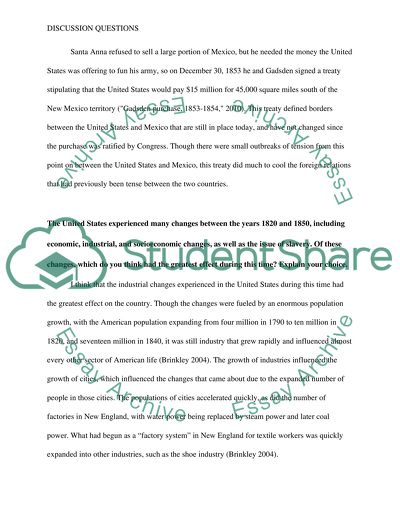Cite this document
(“The USA expansion after the year 1800, changes between the years 1820 Essay”, n.d.)
The USA expansion after the year 1800, changes between the years 1820 Essay. Retrieved from https://studentshare.org/history/1431998-week-seven-eight-discussion-questions
The USA expansion after the year 1800, changes between the years 1820 Essay. Retrieved from https://studentshare.org/history/1431998-week-seven-eight-discussion-questions
(The USA Expansion After the Year 1800, Changes Between the Years 1820 Essay)
The USA Expansion After the Year 1800, Changes Between the Years 1820 Essay. https://studentshare.org/history/1431998-week-seven-eight-discussion-questions.
The USA Expansion After the Year 1800, Changes Between the Years 1820 Essay. https://studentshare.org/history/1431998-week-seven-eight-discussion-questions.
“The USA Expansion After the Year 1800, Changes Between the Years 1820 Essay”, n.d. https://studentshare.org/history/1431998-week-seven-eight-discussion-questions.


